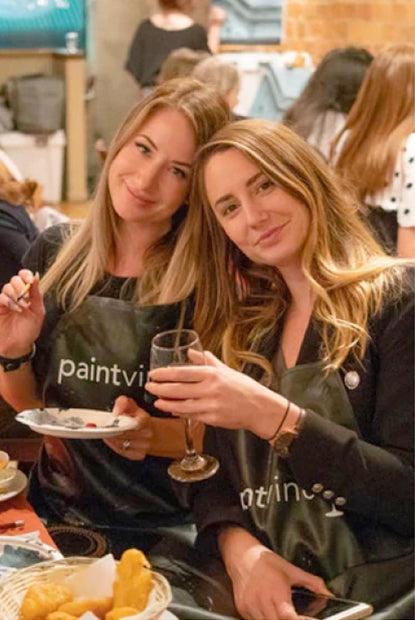
In the 1800s, Europe fell headfirst into orchidelirium – a botanical frenzy where orchids became the ultimate symbol of wealth, beauty, and status. Much like the infamous tulipmania that gripped the Dutch a century earlier, this wasn’t just a passing interest – it was a full-blown obsession. But while tulipmania was a short, sharp financial disaster – often considered one of the first financial bubbles in modern history – orchidelirium was more like a long, passionate love affair with exotic plants, driven by status, science, and curiosity rather than mass speculation.
But getting your hands on these exotic blooms wasn’t easy. Collectors would pay staggering sums for rare orchid species, and so orchid hunters were dispatched to the farthest corners of the globe, braving treacherous jungles, deadly wildlife, shipwrecks, and even fierce competition from rival collectors who weren’t above sabotage. Entire expeditions were lost in the pursuit of a single rare bloom. Some orchid hunters were never seen again. To the Victorians, the risk was worth it – owning a rare orchid was the ultimate social flex.
As more exotic orchids flooded into European markets, they weren’t just seen as beautiful – they were seen as dangerously beautiful. Their strange, sensual shapes and mysterious origins gave rise to a wave of gothic fiction and botanical horror. Stories began to surface about vampiric orchids and man-eating plants, reflecting Victorian anxieties about unchecked desire and the seductive power of nature.
In 1894, H.G. Wells published The Flowering of the Strange Orchid, a short story about a reclusive orchid collector who is attacked by a sinister, blood-drinking bloom. The orchid latches onto him and begins to drain his life force – a chilling metaphor for obsession, and a cautionary tale about what can go wrong when scientific curiosity and the urge to control and exploit nature go too far. Just a few years later, Fred M. White’s The Purple Terror introduced readers to parasitic vines with a taste for human prey.
These weren’t isolated tales – Victorian newspapers and pulp magazines loved stories of carnivorous plants, and orchids often starred as the villains.
Behind these fantastical stories was a real cultural undercurrent: the fear that the things we desire most might be the things that consume us. Orchids became more than flowers – they were symbols of the hidden dangers lurking in the unfamiliar, beautiful but potentially deadly, much like the untamed world from which they came.
Luckily, you don’t need to trek through snake-infested jungles or risk life and limb to experience the beauty of orchids today. This month at Paintvine, you can paint your own orchid masterpiece – no blood-sucking plants or jungle adventures required. Join one of our upcoming public events or book a private painting session and create your own blooming beauty. Just as the Victorians chased orchids, you can chase a little creative magic for yourself.

